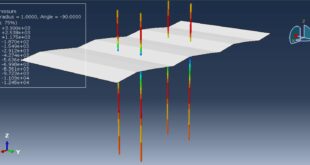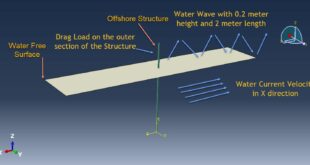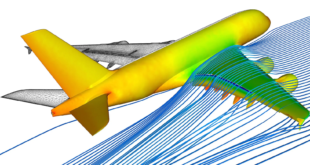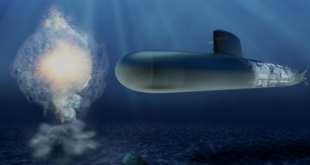Most of the currentfinite element models of cutting concerns the 2D plane strain orthogonal cutting configuration, which, although of valuable interest to study the fundamental phenomena of the process, is still far from most practical cutting operations. The 3D models on the other side usually concern a 2D tool path with a cutting edge that is not straight any more. The step just after 2D orthogonal cutting is almost not addressed; it is the 3D orthogonal cutting.Due to its high complexity and the large amount of phenomena it involves, the process is mostly studied in orthogonal cutting in order to mainly
reduce the geometrical difficulties and the number of degrees of freedom of the models. The physical coupled phenomena (large strains, strain rates, at high temperatures and temperatures gradients, friction, and so on) must still however be considered and addressed, which leads to many publications. For more details.this video introduces a 3D finite element Coupled Eulerian-Lagrangian (CEL) model of orthogonal cutting simulation which you can see the positions of the parts in the simulation at below
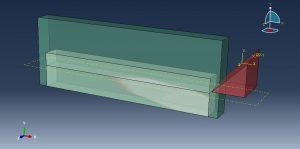
The well-known, in metal cutting modelling, Johnson-Cook constitutive model is adopted to describe the behavior of the work piece material, the Ti6Al4V titanium alloy. The Johnson- Cook material model is appropriate for high strain analysis with rapid speed loading. In the present studies the Johnson- Cook equation with temperature has been considered . Dynamic Temp Explicit is proper for this type of analysis and Volume Fraction method has been used to define the initial volume of the work piece . You can see some figures of the result at below
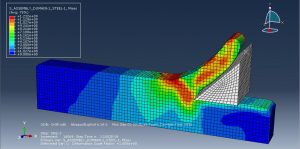
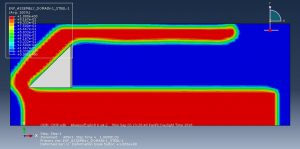
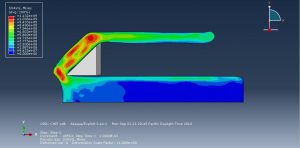
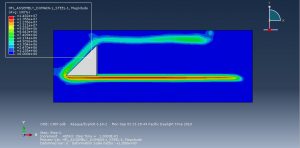
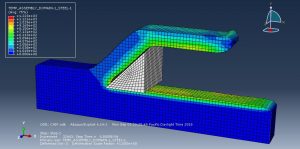
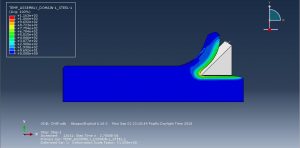
You can provide CAE ,INP,and English video files of this simulation here. The cost of these files is Twenty Euros. you can click on the bellow bottom to beginning process
You can purchase the tutorial through a PayPal account, a Visa, or a Master card, just before payment,send me an email to this address: karampourp@gmail.com
 Abaqus tutorials Abaqus tutorials
Abaqus tutorials Abaqus tutorials
